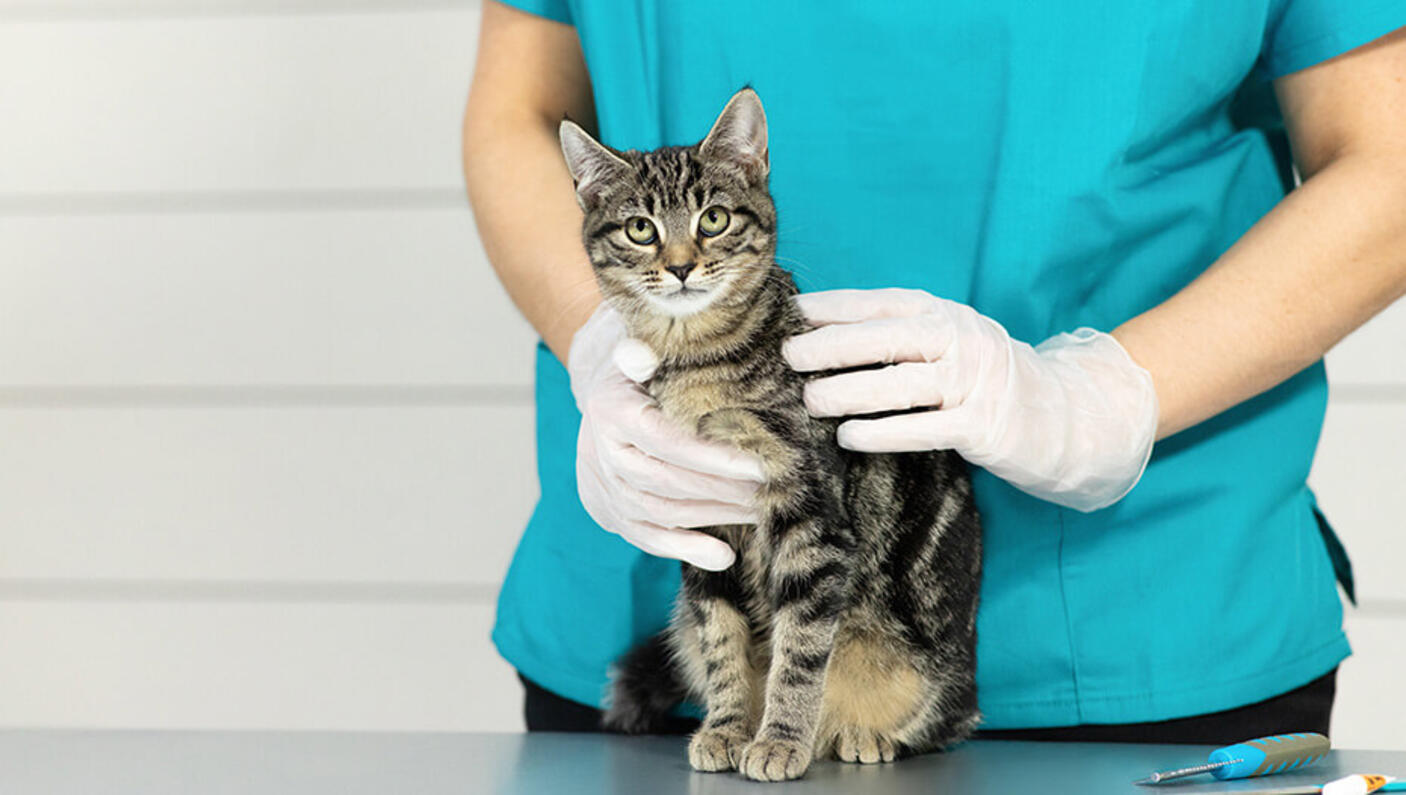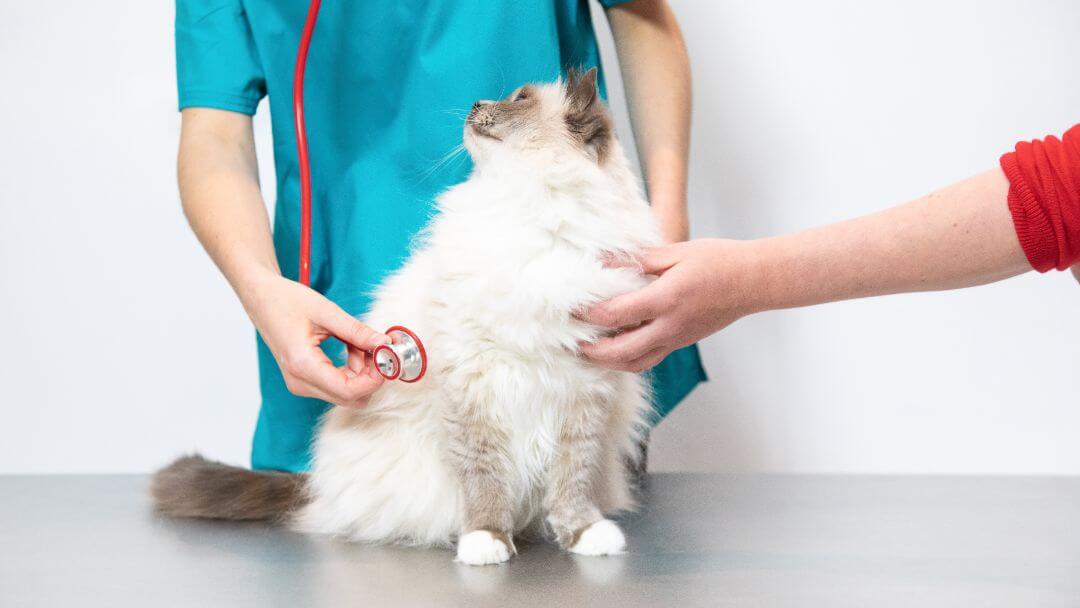
Ear problems in cats not only impact their life, but can also have a profound effect on their relationships with owners. Just like any other sense, hearing is vital a part of how your cat navigates the world.
Fortunately, cats are incredibly adaptable and can often acclimatise to life without hearing. Knowing the causes, signs and how to deal with cat deafness will help you prepare for future challenges.
Causes of cat deafness
There are a number of causes of deafness in cats, old age being the most common. Temporary cat deafness can be the result of the following:
- Mild bacterial infections
- Fungal infections
- Parasitic infections, usually a result of ear mites
- As a side effect of certain drugs
Permanent cat deafness can be the result of:
- Injury
- Old age
- Severe, untreated middle ear infections
- Neurological problems
- Tumours and polyps in the ear canal
Cat breeds that have completely white fur and blue eyes are often born deaf.
How will I know if my cat has experienced deafness?
Deafness in cats can be incredibly difficult to pick up on, as cats are experts at using their other senses to compensate. A deaf cat might not turn when you approach, probably won’t react to loud noises, or won’t turn their ears towards sounds. You may also notice that they are difficult to rouse from sleep, and don’t respond unless physically touched.
If you think your cat is suffering from deafness, it’s important to take them to the vets. If the deafness is temporary such as from an ear infection, the vet may prescribe some treatment to help clear it up.

Dealing with cat deafness
Cat deafness can be debilitating and confusing, especially if issues are sudden in onset rather than gradual. It’s important to make things easy for your cat as they acclimatise to loss of hearing.
A primary concern for owners of deaf cats is safety. Be sure to minimise situations where a lack of hearing could result in harm: the outside world is a far more dangerous place for a cat that cannot hear. Both roads and unknown animals can be potentially hazardous to your pet, as they will no longer be able to hear the rumble of approaching traffic, or warning sounds from a rival animal.
Daily interaction can become more challenging for deaf cats. To maintain communication, replace voice commands with hand signals that are distinct, consistent, and easy to remember. As you both acclimatise to your cat’s new challenges, be sure to reward them as they respond to different forms of command; when your cat turns around to a hand signal or vibration, offer them a treat. You can also a torch to call your cat in for meals after dark.
Remember that just because a cat can no longer hear, it doesn’t mean they can’t sense you in other ways. They might feel your approach through vibrations in the floor or on the stairs. Try to make sure your cat is aware of your presence before touching them, as unexpected stroking could scare or shock them.
If your cat wears a collar, update the information shown on it to inform strangers: 'I am deaf'. Getting lost can be far more dangerous for deaf cats, so make sure that both your cat and other people are as equipped as possible. If not already, ensure your pet is microchipped.
Read more about ear problems in cats here.













